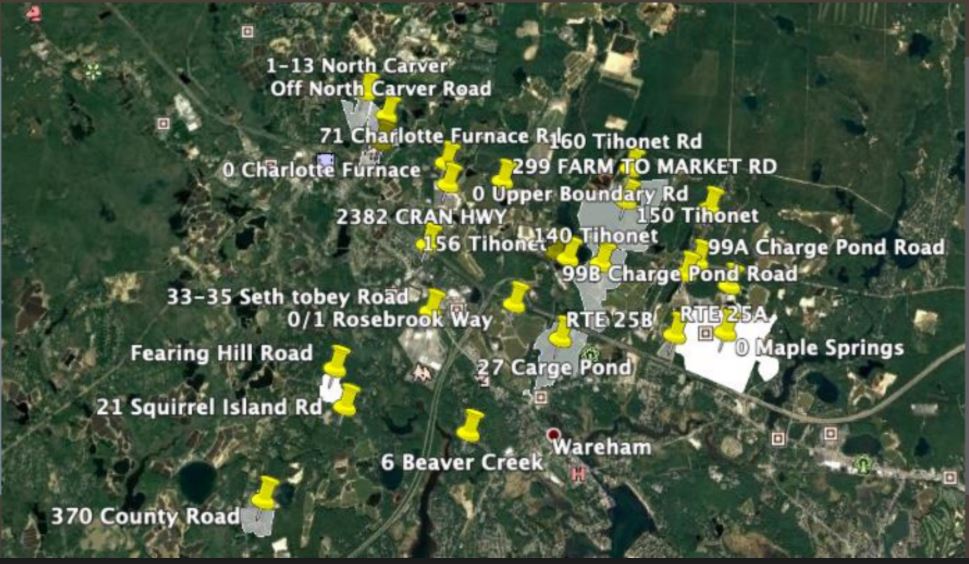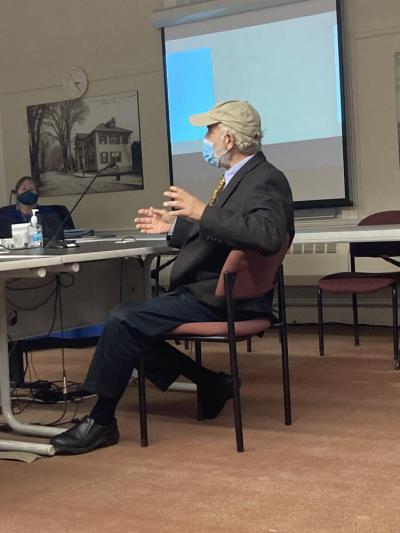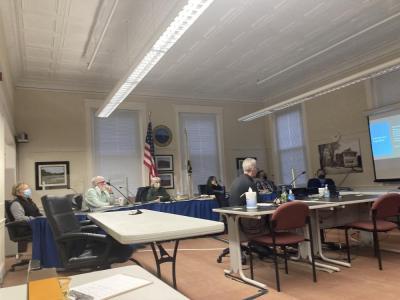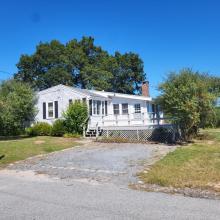Public chimes in on solar policy
Roughly two dozen townspeople gathered on Wednesday afternoon to hear an update on the progress of the solar bylaw committee and share their thoughts about the issue.
A solar bylaw committee was created following a vote at the 2021 Spring Town Meeting, and is tasked with revising the bylaws that regulate solar projects in town.
Town Planner Ken Buckland kicked off the meeting by reviewing state regulations, the town’s current bylaw, and the issues under consideration by the committee.
The committee has identified a number of issues they may wish to address in the bylaw, including tree clearing, battery hazard management, the impact of access roads and equipment, management of the land beneath solar panels, setbacks and buffers, location and a cap on the total solar acreage in town.
Currently, Buckland said that there are 516 acres of permitted and existing solar projects in town — with more in the permitting process. The town as a whole is 29,632 acres, so 1.7 percent of the town’s area is devoted to solar. Most solar fields are near existing power corridors. The committee is considering capping the total amount of large-scale solar at 2 or 3 percent of the town’s area.
Tom Bicki, a member of the public in attendance, suggested that the committee could find out the total amount of power consumed throughout town and cap the solar fields accordingly, so that the solar production in town would match consumption. Committee members responded positively to the idea.
Bicki also pointed out that one of the committee’s proposed restrictions — requiring solar to be placed on land that has been cleared for at least two years — could inadvertently incentivize people who are merely considering solar to clear their land, just in case.
Richard Swenson of the Planning Board said that in his opinion, location is the most important element of the policy.
Tricia Wurts brought up concerns about the impact of solar on the aquifer, the need for ongoing management of solar arrays, and the importance of maintaining good boundaries between residential neighborhoods and solar arrays and other industrial uses.
Eric Lintala of Squirrel Island Road — which he said seems to be a hot spot for solar — brought up the need to protect historic sites and sites with significance to Native Americans.















